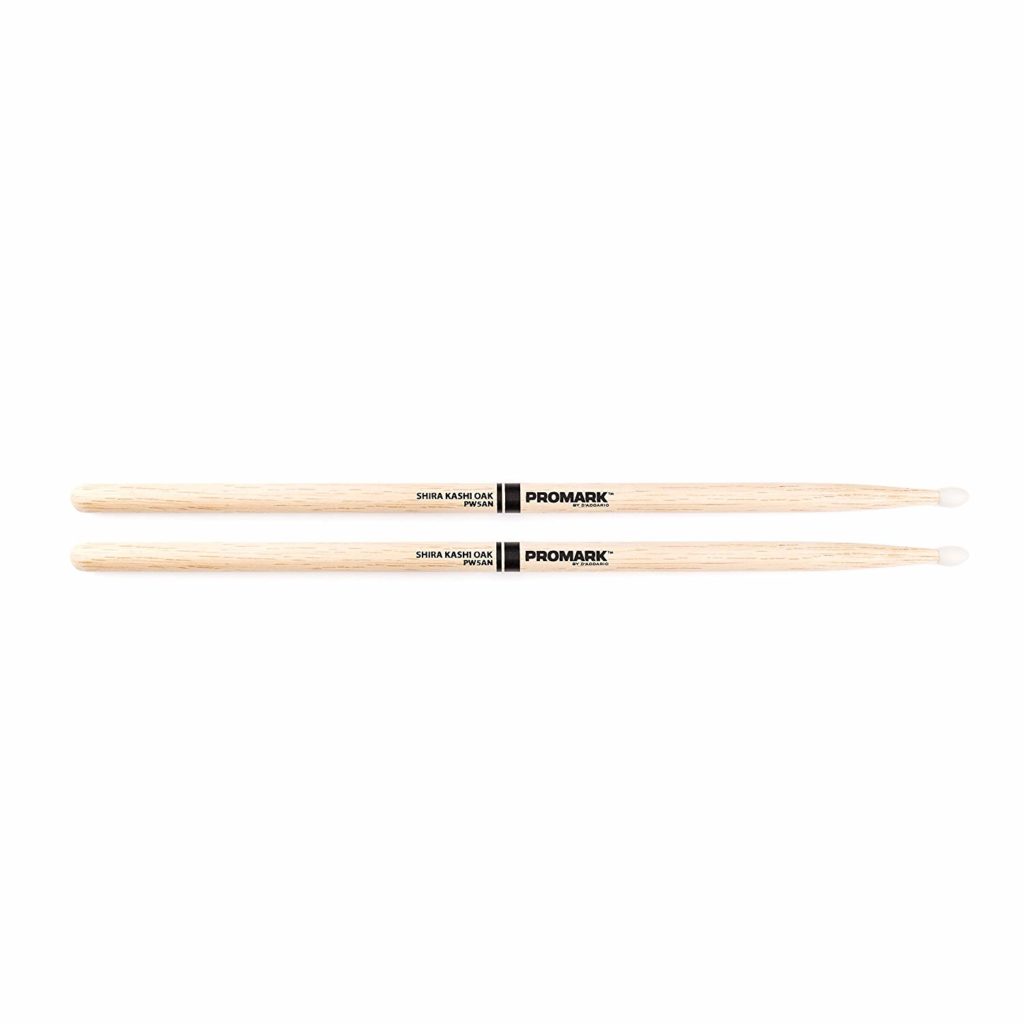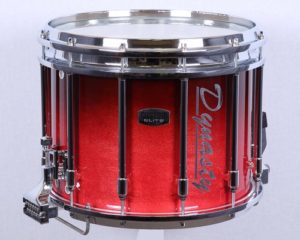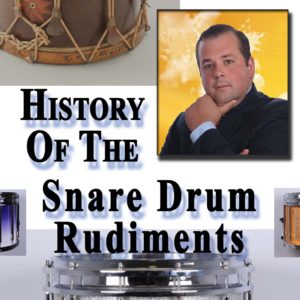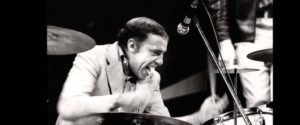The drumstick is turned from a single piece of wood. Commonly hickory is used and less commonly maple and oak are utilized to create drumsticks. Drummers use their drumsticks until they break or splinter. The time that it takes for this to happen varies on the kind of drummer. Typically, the more inexperienced the drummer is; the shorter the lifespan. If the type of drumming that you are playing requires a lot of rim-shots or the drummer plays exceptionally hard; then this would typically shorten the life-span of your sticks. However, it is important to note that it is possible for sticks to last many years. Sometimes even up to a few years if treated nicely.
The numbers on the drumsticks are important to understand. The weight of the drumstick is determined by the number indicated on the drumstick. The diameter of the drumstick is determined by the letter following the number. The letter is either A or B.
Example: 7A, 2B, 5A, 5B. (Marching Sticks M1, M2, M3, M4 – A.K.A. Baseball bats)
The higher the number indicated, the lighter the weight of the stick. A 5B stick is thicker than a 5A stick.
If you are a beginner, the hickory 5A wooden tips are the best to buy. You can use the wooden tips well on any drum. It is a considered a general-purpose tool while playing the drums. It is the middle of the road drum stick. Following the 5A wooden tip; the next comes the 5B nylon tip as probably the second most popular drum stick.
Sound is not determined by the wood used in drumsticks. Instead, the wood used has more to do with feel and durability. Hickory feels good in the hand. Maple is a softer wood, which feels good in the hand, but the sticks will not last as long due to the fact that it is easier to chip away around the neck of the drum stick. While the harder woods, such as; Japanese oak are very hard and will not chip away around the neck as easily. However, the Japanese oak sticks will just explode in your hand and terminally fracture the entire stick, rendering it useless.
What does affect the sound a great deal is the kind of tip that you choose to play with. The nylon tip offers more of a “ping” sound on the cymbals as opposed to a wooden tip will sound more dry sound on the cymbals. Its best to try out a few different types of drum sticks.
My favorite stick is the Promark Japanese Oak 5A Nylon Tip. It took a few years for me to begin to like those sticks. When I was a brand-new drummer, I started with playing a Vic Firth Hickory 5B Nylon Tip. Afterwards I experimented with many different sizes and types. Eventually, landing on the 5A Japanese Oaks by Promark.
There are a couple of other factors that you should probably know about when it comes to buying sticks. Typically, the heavier the drum stick, the easier it is to break a cymbal. Also, you want heavy sticks to help develop the muscles in your hands and arms at the beginning. If you play a lot with a heavy stick, then change suddenly to a very light stick, you will notice that you will suddenly gain an enormous amount of speed. Which is kind of fun to experience.
Marching Band Drumsticks (small baseball bats)
Also, if you are in a marching band, then this opens a whole new realm of facts that you should know. Typically, when you play snare drum on a drum line you want pretty much the heaviest stick you can get your hands on. Like an MS1, MS2, or even and MS5 stick. Those sticks are almost like playing with baseball bats. When playing with such a heavy stick, against a true marching snare with a Kevlar head, the sound that it can produce can be as load as a gunshot. When I play in in this setting, I usually use the M2 sticks.
In the Marching band world of sticks, there are a million versions of stick that have a lot of professional drummer names on them. I would not get caught up in all of that. Mainly there are 5 levels of stick the MS1-MS5. The custom signature sticks are pretty much those sticks with minor changes on them; then the manufacturer charges you twice the amount because it has some guys (or gals) name on it. It is best to fall in love with one of the main 5 grades of sticks. If you are really picky, then later on you can try them out. I however; have never fallen in love with a custom stick.
Marching Scottish Snare Sticks
Alternatively, some marching bands like the Scottish and Irish marching bands use a very light stick while playing with bagpipes. This is done to create a very traditional sound. With such as light stick it makes it very easy to keep and hold very tight and clean sounding rolls that are not very load. They sound like little whips against the drum head. I Found a video of this girl Molly Steuber playing that whip sound I am talking about.
Anyway, Drummers from the pipe band genre are a special breed who require sticks that are perfectly suited to their unique technical requirements. Their activity involves playing on snares with extremely high tension, and a very specialized stick is necessary to produce the right sound and feel.
The only stick that I can think of that was designed for this most discriminating type of player, are the Highlander Pipe Band Snare sticks which are made in select rock maple for a light, fast-playing stick with great flex and rebound. With a full oval tip, these sticks provide perfect balance and create the high pitch definition that pipe band players desire.
The best drumsticks to buy today:
I would also buy them in this order too. If you are new and wanted to explore a spectrum of feels.
- Vic Firth American Classic 5B
- Promark Hickory Wood Tip 5B
- Promark Jap Oak (Shira Kashi) 5A
- Vic Firth Nova 5A
- Vic Firth American Classic 5A
- Vater Manhattan 7A
- Promark Shira Kashi Oak 707 Wood Tip
The Best Drum Sticks for Marching (Drum Line):
- VicFirth Corpsmaster MS3 – Most peoples favorite!
- VicFirst CorpsMaster MS5 – Crazy Heavy Stick – Probably the heaviest snare drum stick.
- VicFirth CorpsMaster MS1 – Kind of on the light side – Not very popular!
Best Drum Stick for Pipe Band Marching Snare:
- Vic Firth Highlander (HS1) – becoming a hard stick to find; my friends at Guitar Center have these sticks and also my great friends at Steve Weiss has them. These are the only sticks that I can speak of. I don’t know why they are so hard to find. Yet they are THE most popular and best sticks.




